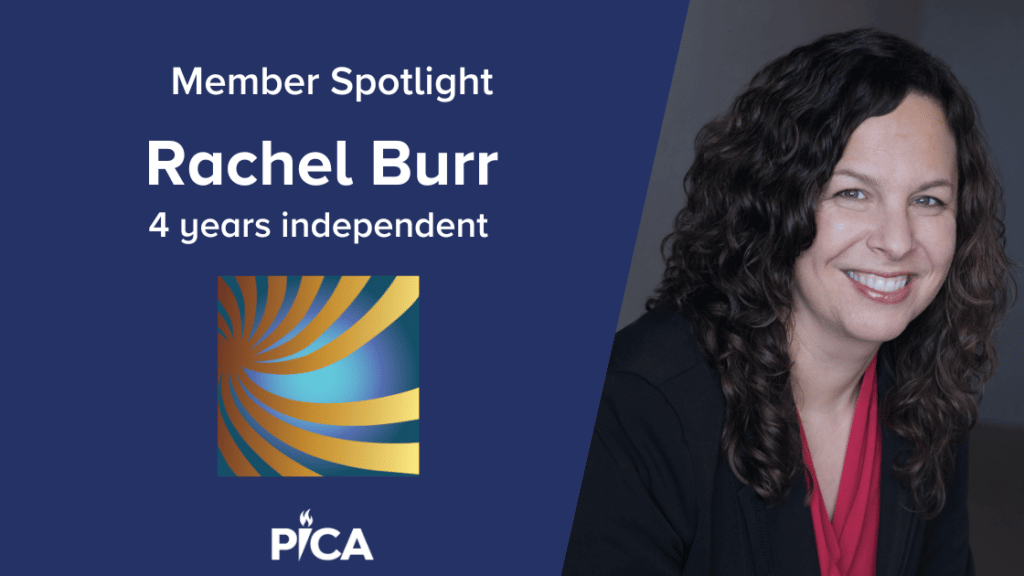A control freak often has a demanding personality who strains relationships and saps energy in the workplace. Explore ways to manage and redirect controlling behaviors.
We’ve all heard of “control freaks” – people who feel the need to direct, control, and even change the people around them. You may not be a control freak, but you’ve probably run into them. It could be the leader who constantly asks for updates or makes continuous changes throughout a project. Sometimes even changing changes they previously made. Or it could be the colleague who regularly offers unsolicited advice and criticism.
Being around control freaks can be exhausting and demoralizing. They strain relationships, whether with family, friends, or co-workers. There are better ways to relate to the world!
This article will examine what drives people to become control freaks, and what can be done to loosen their grip.
What is a control freak?
Managing and directing is a part of leadership. Leaders are expected to direct, inspire, and organize the efforts of others. Without healthy leadership, chaos can take over. But there comes a point at which the need to control outruns its usefulness. It crosses the line from conscientiousness into coercion.
There are two types of control freak, according to Psychology Today. Both types are rooted in the need to overcome fear, anxiety, and insecurity, but they manifest themselves in different ways.
The first type of control freak, according to the author, are people who have “intense and exact control over themselves.” They are hyper-focused perfectionists who expect themselves – and the people around them – to “perform perfectly and without error.”
The second type of control freak uses the opposite strategy. Instead of controlling themselves, “they are skilled at controlling other people.” They like to give orders but are “dependent on others to carry out their wishes and demands.”
Both types use control as a way to manage fear and anxiety. But no one can be another person’s “management agent,” in the author’s words, and trying to be one will just cause damage.
Signs of controlling behavior at work
Here are a few examples of controlling behavior at work, from an article in Forbes:
- Being a poor team player. To be part of a team, people must give up some control. They can only work on part of the task at hand. For controlling personalities that can be a big challenge. They often prefer to work alone and, when forced to become part of a group, may try to dictate how others work and behave.
- Failing to delegate tasks. For controlling personalities, delegating is just another way of losing control. That’s particularly true of the perfectionist who believes he or she is solely responsible for the success of any project. When forced to delegate, they tend to micromanage the work.
- Strained relationships. Control freaks are prone to making demands and being hyper-critical of the people working around them. To the perfectionist type, any mistake or flaw – whether real or perceived – is intolerable. Working relationships suffer as a result.
Letting go of the need to control others
There are ways out of the “control freak paradigm”, and we’ll discuss two of them here: Emotional regulation and re-defining control.
Learning emotional regulation. The source of controlling behavior lies in uncomfortable emotions like fear and anxiety. “Rather than controlling their emotions, [control freaks are] always trying to control the environment,” according to Forbes. Change begins by learning emotional regulation.
The first step toward regulating emotions is to pay attention to them. Identify and name emotions as they arise. It’s an exercise that takes practice, and can benefit from working with a coach or a therapist.
When negative emotions arise, we can choose how we deal with them. A useful technique is reappraisal, which is a change in perspective. Fear and anxiety can make us feel threatened. Reappraising a threat as a challenge instead, can help us choose a more positive course of action.
Re-defining control. Another useful strategy is to re-define what control means, and what it looks like in practice. It’s a strategy that’s especially useful for leaders.
Most leaders reached their positions by being highly skilled in technical areas. But as leaders take on more responsibilities, they have less capacity to absorb technical details. They need to rely on others.
Re-defining control is a shift from completing every detail personally to having systems in place that allow others to complete them. The systems can include scheduling regular team check-ins and clearly defining project milestones.
We’ve all run into control freaks. Their overbearing demands can drain energy, productivity, and creativity from the workplace. But practical solutions are available. If you would like to learn more, please contact us.
===================================
Rachel Burr is an executive and leadership coach with over 20 years of experience working with CEOs and the C-suite across all industries, in organizations of from 200 to 10,000 employees. Rachel holds dual master’s degrees in Organization Development and Clinical Psychology, and numerous certifications in the field of executive coaching. Rachel is a “people expert” who works with clients to unleash their leadership potential. If you would like to learn more about leadership development training, please contact us.
Copyright ©️ 2024 by Rachel Burr. All rights reserved.

